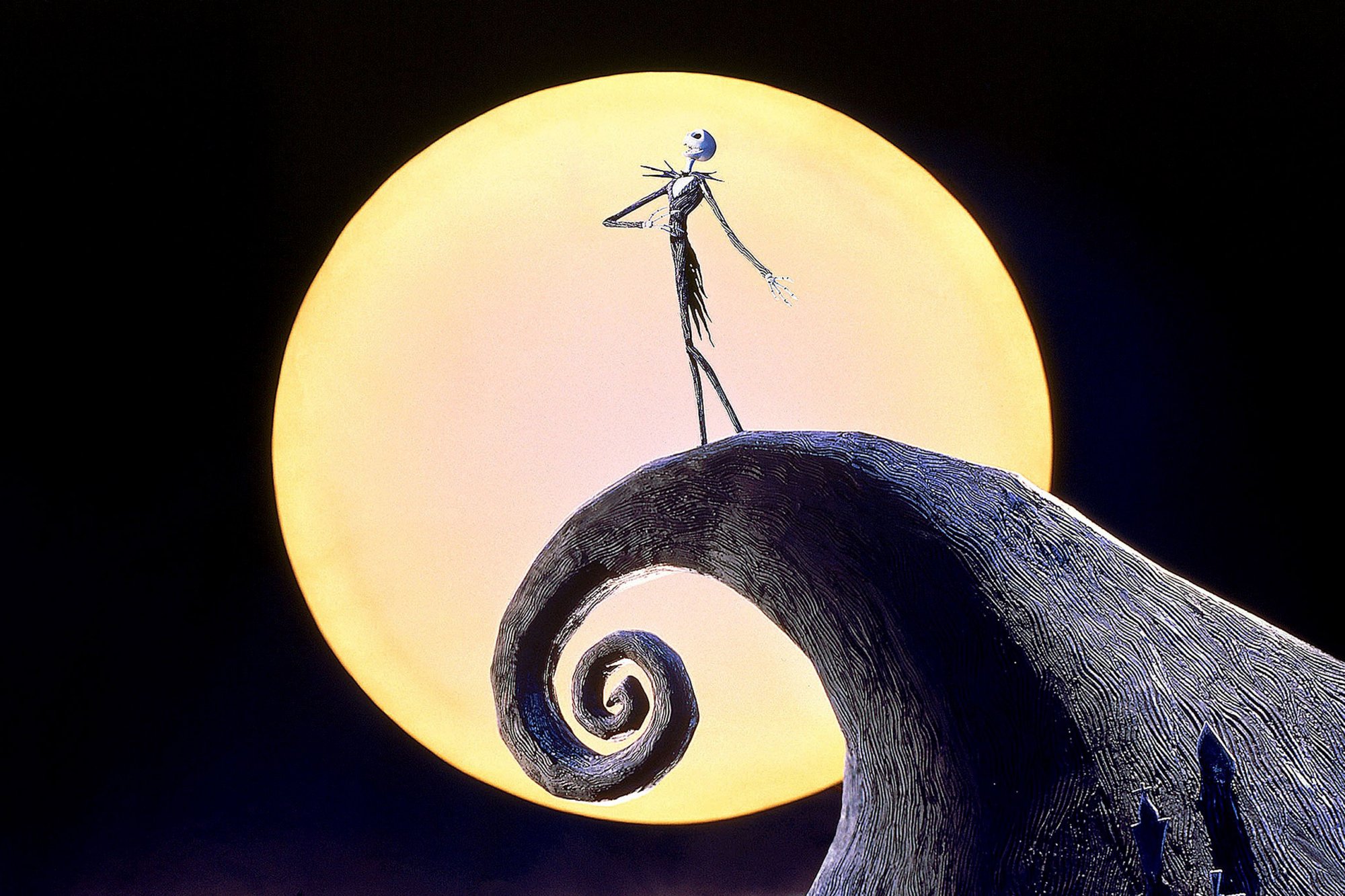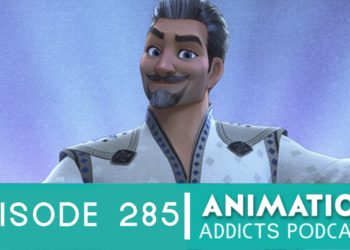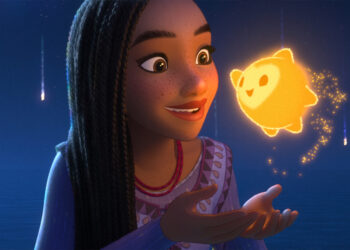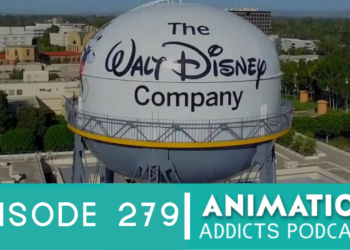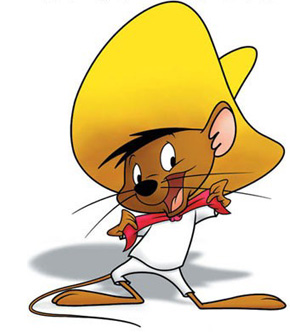Welcome to the Rotoscopers’ Twelve Days of Christmas! Every day until Christmas Eve, we’ll be taking a look at a holiday-themed piece of animation. Check back each day for a new review!
I have a confession: I watch The Nightmare Before Christmas more often for Christmas than Halloween. The 1993 stop-motion film has seen many arguments over its intended holiday season, despite the release date mere days from Halloween. In choosing the film for our ’12 Days of Christmas,’ I strive, as ever, to prove that Nightmare is meant for a different kind of Christmas, as a film that focuses less on humor or epiphanies of the ‘True Meaning of Christmas’ and more on the pervasive nature of the holiday – it can be celebrated any way you want.
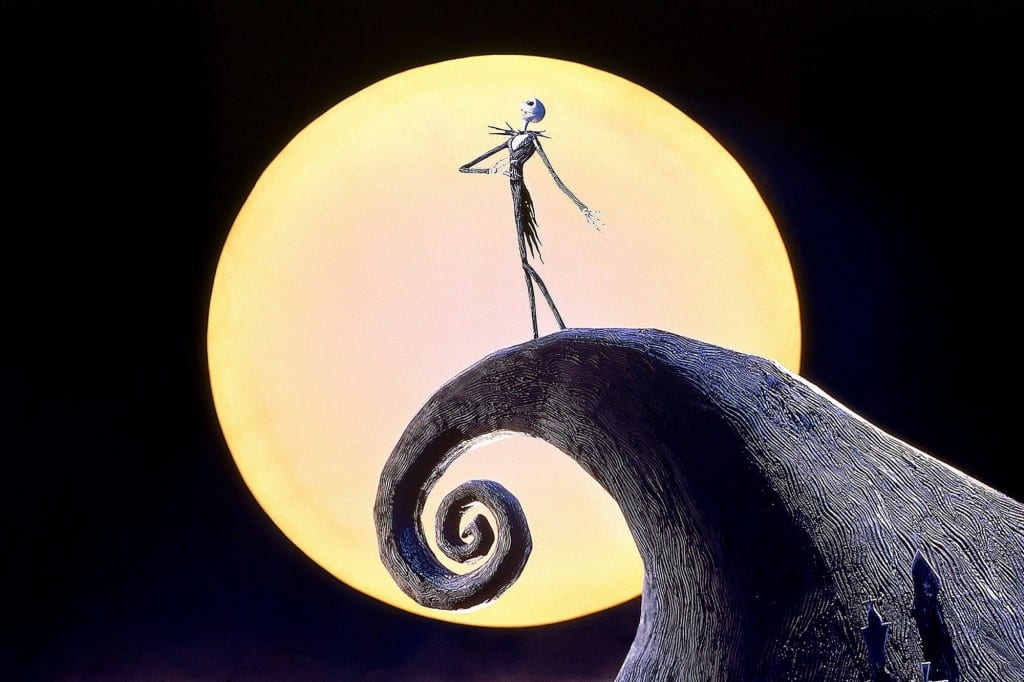
The Nightmare Before Christmas was first brought to life by Tim Burton, in a poem in 1982. Film production began, following a deal with Disney, in 1991, in San Francisco. While a screenplay and story were still in the works, Danny Elfman signed on and created two-thirds of the film’s songs (and a rough story outline) by the time Henry Selick and his team of animators began production in July. Disney’s Joe Ranft and Eric Leighton also joined production as storyboard and animation supervisors, respectively. At the production’s height, twenty individual stages were used for filming. Although Burton wasn’t present for a lot of the production, the film was made to be a ‘Tim Burton’ film.
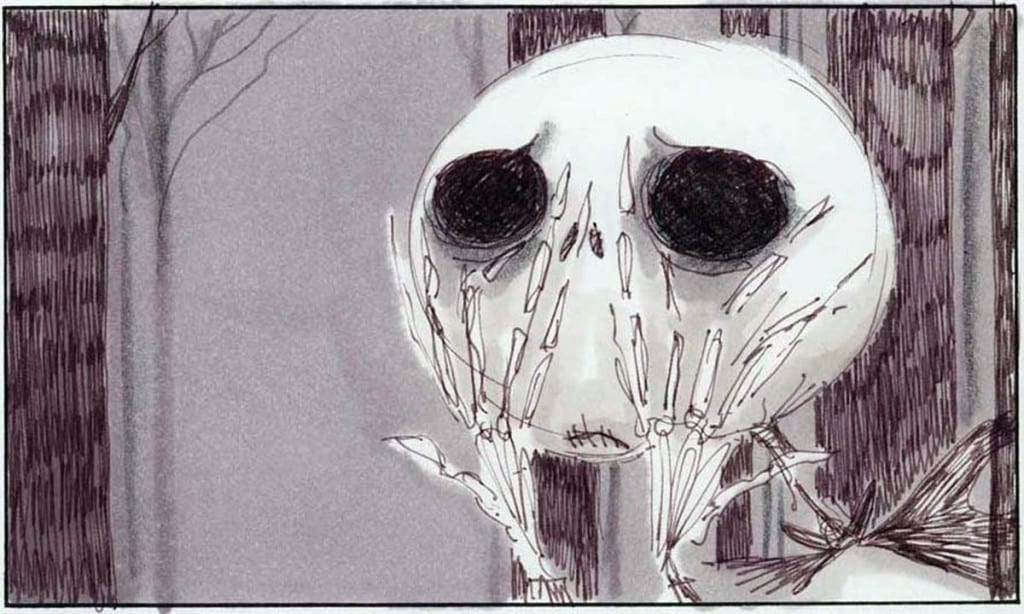
Christmas Town
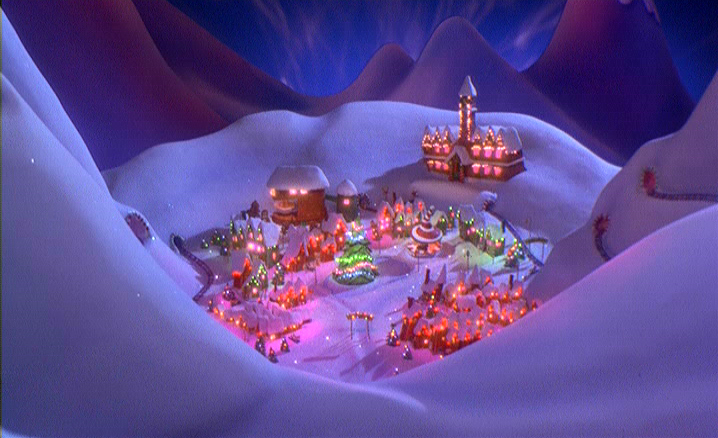
Christmas Town is bright, sparkly, and stylized incredibly differently from Halloween Town. Jack is accustomed dark colors, earthy tones, jagged lines, and a macabre sort of people. Yet, when Jack falls through the Christmas tree door, he encounters a town with warm tones, popping colors, ideal snow, and rounded shapes. The audience watches Jack’s amazement and marvels themselves at the vast stylistic difference of two set pieces in the same film.
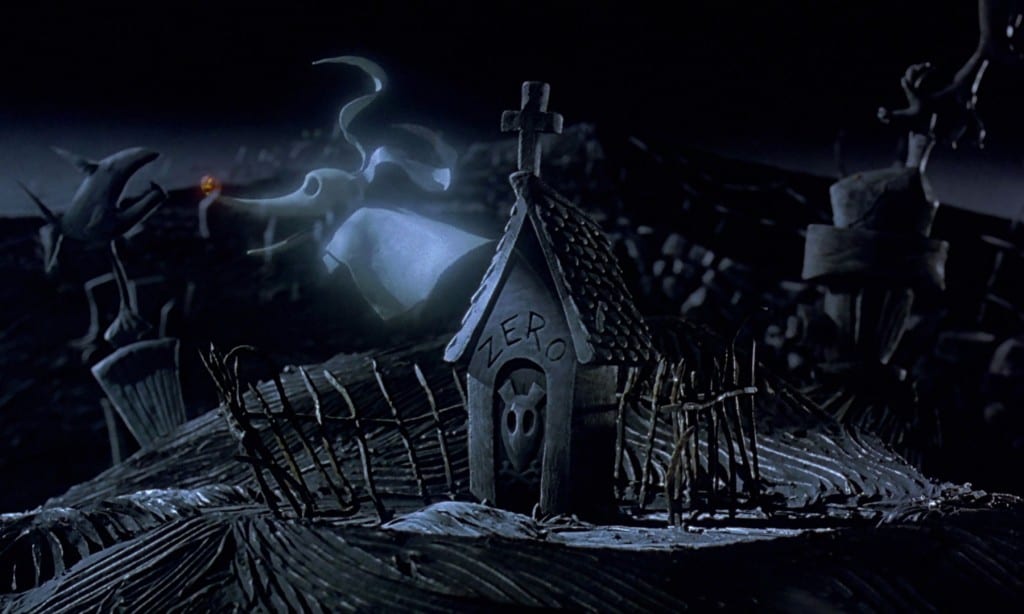
The beauty and classic look of Christmas Town provides the image most children – and adults – identify with Christmas: a sort of winter wonderland with twinkling lights, baked goodies, and lots of happy little elves. It’s not a holiday purposely competing with Halloween Town, but it becomes a source of obsession for Jack Skellington – similar to the obsession that takes over many as early as the day after Halloween, when department stores universally recognize the holiday season has begun. The intersection of Halloween and Christmas covers the holiday season quite efficiently (and you could make an argument for Thanksgiving if you really wanted to).
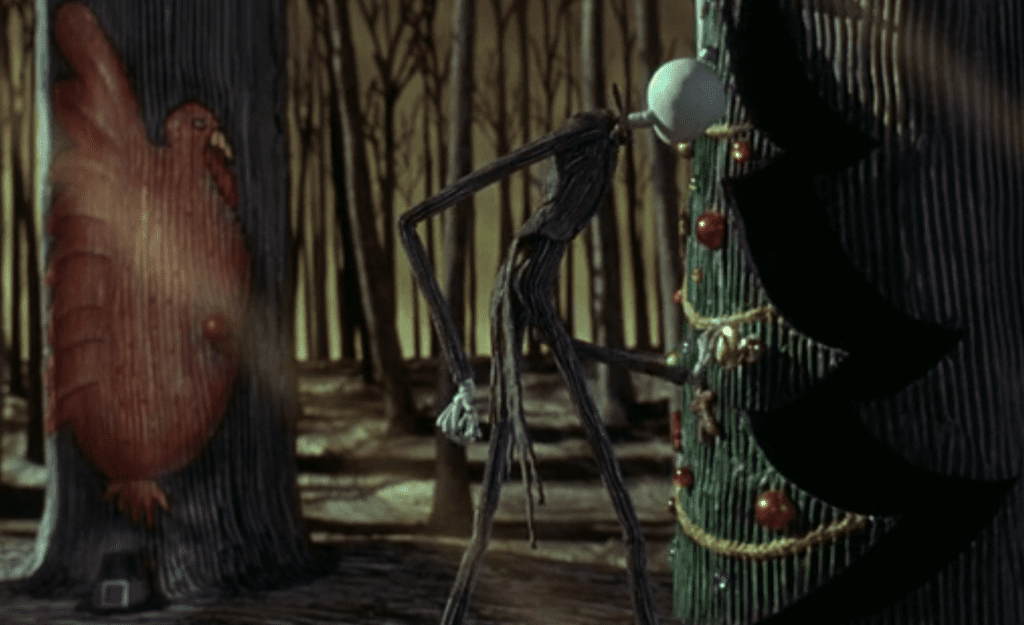
The Halloween Town Christmas
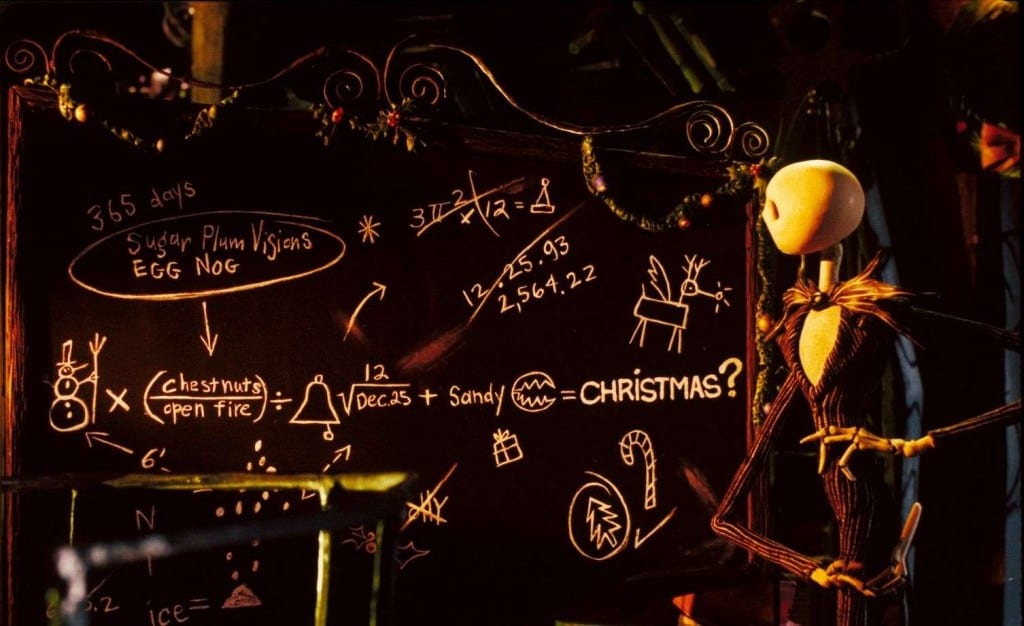
Christmas as imagined and created by the Halloween Town citizens is a morbid holiday. It’s Gothic, it’s funky, it’s alternative – and it’s appealing to Nightmare’s cult following. There’s a reason Nightmare raised enough of a following to warrant Disney’s inclusion of the film under its banner rather than isolating it under Touchstone Productions. To be frank, the Halloween Town Christmas proves that there is no one way to celebrate the holiday season. Much of the Christmas obsession Jack brings home with him focuses on cracking what Christmas really means – “What does it mean? What does it mean?” – but by the time he cries “Eureka,” he knows exactly what it means to him: Christmas is everyone’s, so why shouldn’t they give it a try, too?
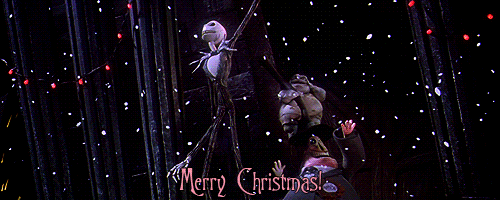
Of course, we all know Jack lets his enthusiasm drive him a little too far, but Halloween Town still gets its Christmas, and a moment of the wonder Jack experienced in Christmas Town when Santa flies overhead, bringing snow to the Halloween Town citizens. Considering separate dimensions, or worlds, for each holiday, you do empathize with Jack Skellington’s boredom; the same holiday, the same event, over and over again warrants some infusion of change. The ‘Real World’ didn’t handle Jack’s changes well, but I know quite a few fans who’d be open to that vampire plush or the chill boa constrictor.
With beautiful animation challenging Rankin/Bass’s monopoly on Christmas stop-motion, highly memorable songs with which even the most distant fan is familiar, and fun characters the entire audience pulls for, The Nightmare Before Christmas is a classic from October through December, and a must-see for the Christmas season.
Where do you stand on The Nightmare Before Christmas? Are you a Christmas viewer, or Halloween?
Edited by: Hannah Wilkes


